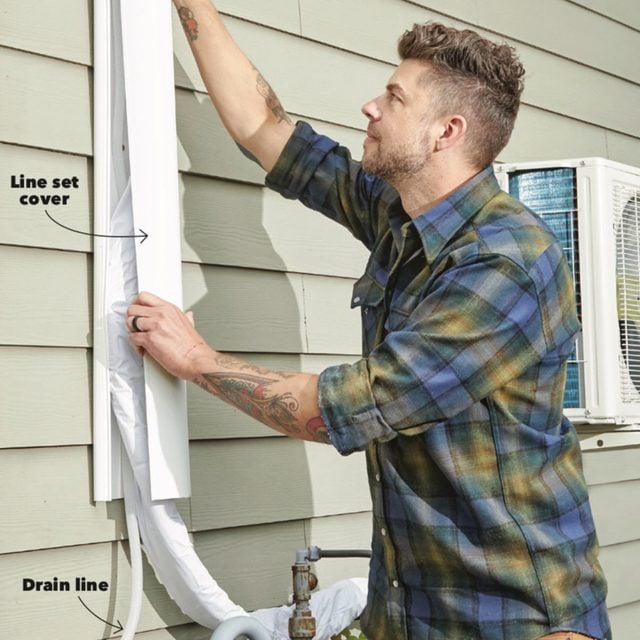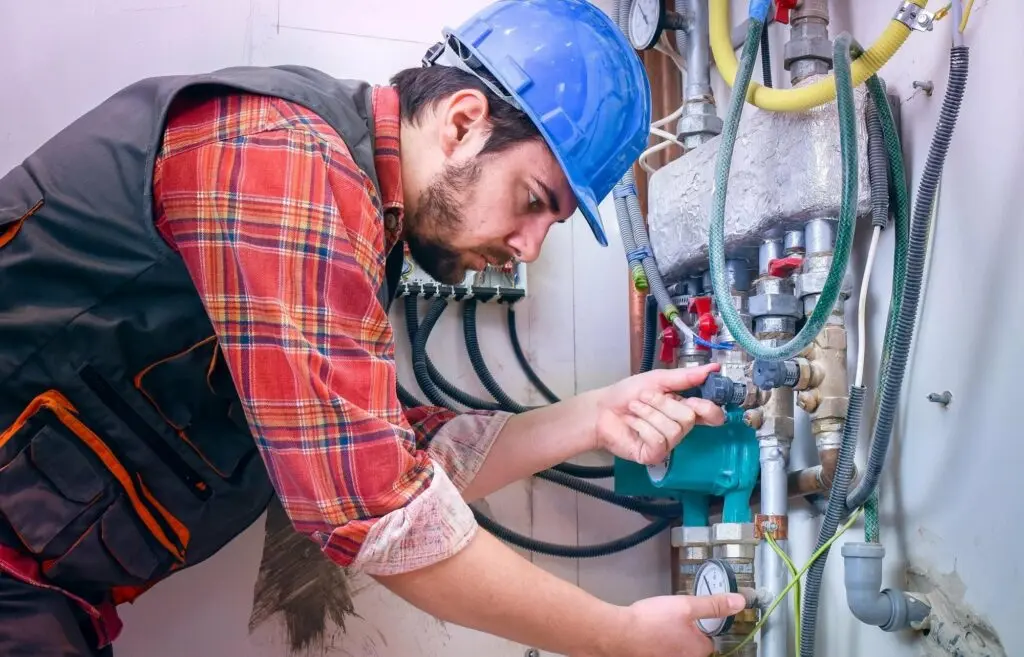Backflow preventers are essential devices that protect our drinking water supply from contamination. They play a critical role in keeping our homes safe and ensuring that water flows in one direction, particularly when it comes to plumbing systems that involve irrigation, residential water supply, and sewage systems. This article dives deep into the different types of backflow preventers, their working mechanisms, and their significance in plumbing systems.
What Are Backflow Preventers?
Backflow preventers are mechanical devices designed to stop the reverse flow of water in plumbing systems. This reverse flow can occur due to various reasons such as pressure changes or back siphonage. By preventing this backflow, these devices ensure that contaminated water doesn't enter clean water supplies.
Types of Backflow Preventers:
Air Gap: This is a physical separation between the water supply outlet and the flood level rim of the fixture. It’s often used in dishwashers and sinks. Reduced Pressure Zone (RPZ) Valve: This device contains two check valves and a pressure differential relief valve. It’s one of the most effective methods for preventing backflow. Double Check Valve Assembly: This consists of two check valves in series, providing a reliable method for non-health hazard applications. Pressure Vacuum Breaker: This prevents backflow by using a spring-loaded valve that opens when there's negative pressure.Understanding these different types helps homeowners select the right backflow prevention device based on their specific needs.
How Do Backflow Preventers Work?
The operation of backflow preventers is quite fascinating! When there’s normal pressure in the plumbing system, water flows freely from the source to your faucets or appliances like sump pumps without any issue. However, if there’s a drop in pressure due to factors like a broken main or excessive demand elsewhere in the system, that could create a vacuum effect causing contaminated water to be pulled back into your clean water lines.
Let’s break down how each type functions:
1. Air Gap
An air gap is an unfilled vertical space between two connections—essentially creating a physical barrier against contaminants entering your drinking supply.
2. Reduced Pressure Zone (RPZ) Valve
This mechanism uses two check valves separated by a relief valve set at a lower pressure than the incoming line pressure, creating an area where contaminants can drain safely away if necessary.
3. Double Check Valve Assembly
In this setup, two check valves work together to block any potential reverse flow while allowing for maintenance or testing without disrupting service entirely.
4. Pressure Vacuum Breaker
It operates through atmospheric pressure; as soon as negative pressure occurs in the system, it opens up to allow air into the pipe which breaks any potential siphon action.
Why It's Important: Failing to install appropriate backflow prevention can lead not only to health risks but also costly repairs and stringent legal implications if contamination occurs from your property!
Significance of Backflow Prevention Devices
Imagine your cozy home flooded with contaminated water—that's where proper backflow prevention comes into play! The importance of these devices can't be overstated; they are crucial for public health and safety. Here's why:
- Health Protection: They safeguard against harmful bacteria and chemicals contaminating potable water supplies. Regulatory Compliance: Many local codes require certain backflow prevention setups depending on usage—such as irrigation systems or commercial establishments. Cost Savings: Installing these devices can save homeowners from expensive repairs caused by contaminated backups.
Moreover, at Plumbing Supply And More, we provide superior options tailored for every need—from residential setups to large-scale commercial installations—ensuring you have peace of mind when it comes to your plumbing safety.
Choosing the Right Backflow Preventer
Selecting an appropriate backflow preventer is vital for effective protection against contamination. Here are some key factors you should consider:
1. Application Type
Is this for residential use or commercial? Different settings might require different levels of protection—residential properties often need basic devices whereas commercial scenarios typically necessitate more robust solutions such as RPZ Plumbing Supply And More Plumbing Supply And More valves.
2. Local Regulations
Check local plumbing codes! There may be specific requirements on what type must be installed based on your location or intended use case.

3. Installation Environment
Consider whether it will be exposed to harsh weather conditions or underground where corrosion might occur—this will affect which materials (like stainless steel vs cast iron) are ideal for longevity.
At Plumbing Supply And More, we understand how overwhelming it can be sifting through options with so many choices available on the market today! That's why we've curated only the highest-quality products tailored specifically for various needs ensuring both performance and durability!
FAQs about Backflow Preventers
Q1: How often should I test my backflow preventer?
A1: It's recommended that you test your backflow preventer annually or whenever there’s been significant work done on your plumbing system to ensure it's functioning correctly.
Q2: Can I install a backflow preventer myself?
A2: While some may opt for DIY installation if they’re handy around plumbing tasks, engaging licensed professionals is always advisable especially given regulatory requirements around installation practices!
Q3: What happens if my backflow preventer fails?
A3: If it fails without detection, contaminants could enter your drinking supply leading potentially severe health risks—and costly remediation efforts thereafter!
Conclusion
In conclusion, understanding the different types of backflow preventers is critical for safeguarding both personal health and public safety! As discussed throughout this article, selecting an appropriate device depends heavily on specific applications and regulations unique to each household or business context.


With countless brands out there offering varying quality levels, choosing Plumbing Supply And More guarantees not just superior products but also expert support every step along your journey from selection through installation—all aimed at keeping you safe from unexpected surprises down those pipes! So why wait? Ensure you're protected today!